Sustainability Demand
The increasing emphasis on sustainability is a pivotal driver for the Lyocell Fiber Market. As consumers become more environmentally conscious, the demand for sustainable textiles has surged. Lyocell, derived from wood pulp, is biodegradable and produced through a closed-loop process that minimizes waste and pollution. This eco-friendly characteristic appeals to brands aiming to enhance their sustainability credentials. According to recent data, the market for sustainable textiles is projected to grow at a compound annual growth rate of over 9% in the coming years. This trend indicates a robust potential for the Lyocell Fiber Market, as manufacturers pivot towards sustainable alternatives to meet consumer expectations.
Diverse Application Range
The versatility of Lyocell fibers is a significant driver for the Lyocell Fiber Market. These fibers are utilized in various sectors, including fashion, home textiles, and industrial applications. The ability of Lyocell to blend seamlessly with other fibers enhances its appeal, allowing for the creation of innovative textile products. For example, Lyocell is often blended with cotton and polyester to improve fabric performance and comfort. This adaptability is reflected in market data, which indicates that the apparel segment accounts for a substantial share of the Lyocell Fiber Market, with projections suggesting continued growth in this area as consumer preferences evolve.
Technological Innovations
Technological advancements play a crucial role in shaping the Lyocell Fiber Market. Innovations in fiber production techniques have led to enhanced quality and efficiency, making Lyocell fibers more accessible to manufacturers. For instance, advancements in spinning technologies have improved the strength and durability of Lyocell fibers, making them suitable for a wider range of applications, from apparel to home textiles. Furthermore, the integration of automation and smart manufacturing processes is likely to reduce production costs, thereby increasing the competitiveness of Lyocell fibers in the textile market. As these technologies evolve, they may further stimulate growth within the Lyocell Fiber Market.
Consumer Awareness and Education
Consumer awareness regarding the environmental impact of textiles is a growing driver for the Lyocell Fiber Market. As individuals become more informed about the ecological consequences of their purchasing decisions, there is a noticeable shift towards sustainable options. Educational campaigns and marketing strategies that highlight the benefits of Lyocell fibers, such as their biodegradability and low environmental impact, are likely to resonate with eco-conscious consumers. This heightened awareness is expected to translate into increased demand for Lyocell products, further propelling the growth of the Lyocell Fiber Market as brands respond to the evolving preferences of their customer base.
Regulatory Support for Eco-Friendly Materials
Regulatory frameworks promoting eco-friendly materials are increasingly influencing the Lyocell Fiber Market. Governments and organizations are implementing policies that encourage the use of sustainable textiles, which directly benefits the Lyocell sector. For instance, initiatives aimed at reducing carbon footprints and promoting circular economies are likely to bolster the demand for Lyocell fibers. This regulatory support not only enhances the market's credibility but also incentivizes manufacturers to invest in sustainable practices. As these regulations become more stringent, the Lyocell Fiber Market may experience accelerated growth, driven by compliance and consumer demand for environmentally responsible products.


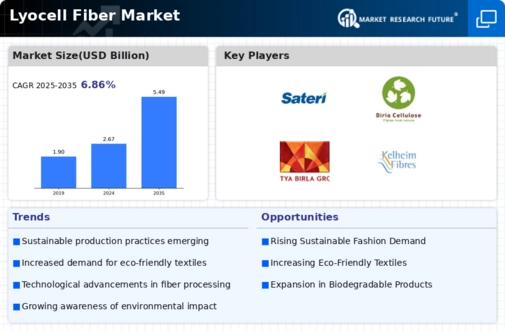
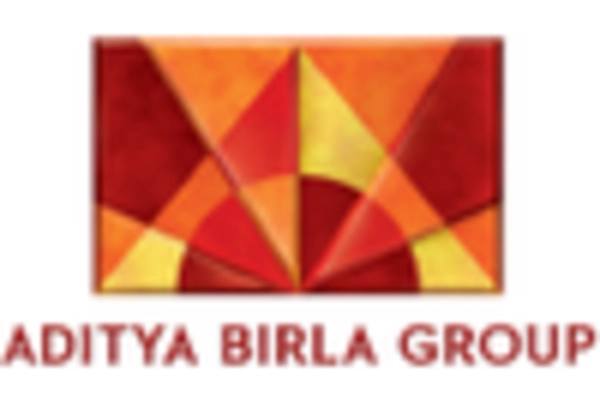
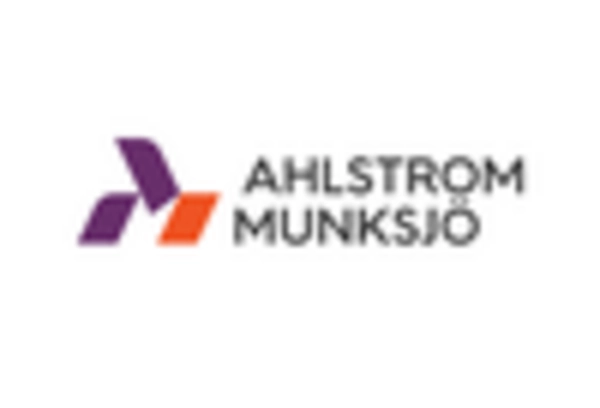
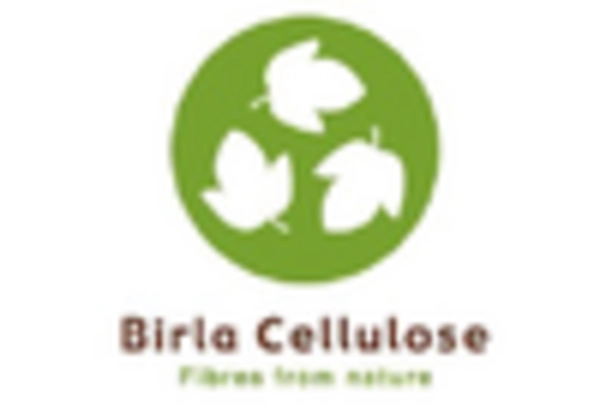
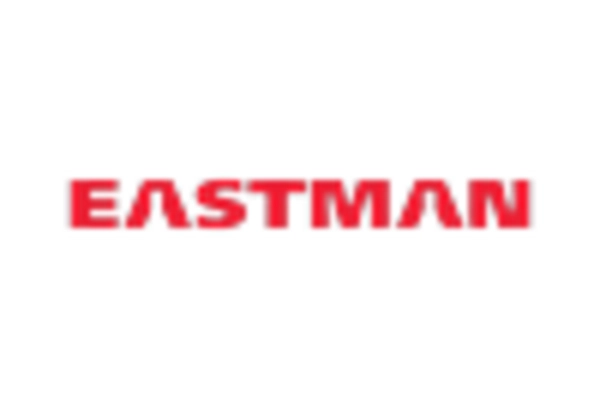
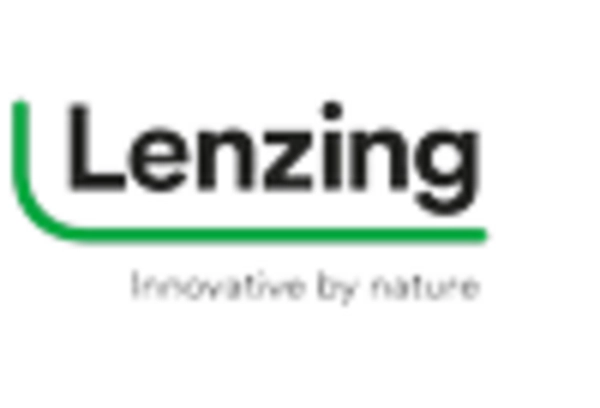
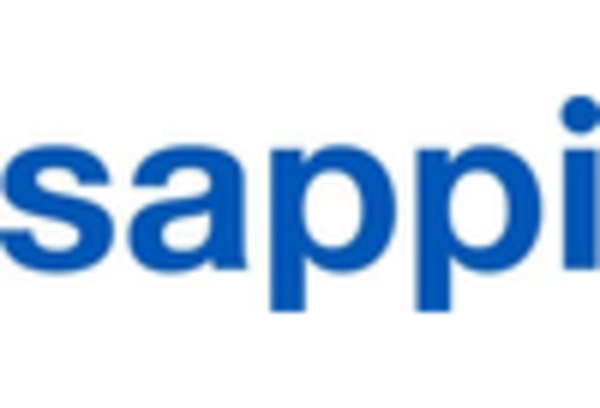








Leave a Comment